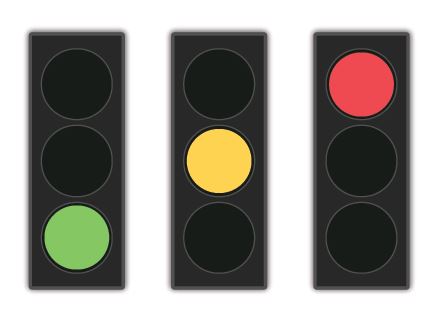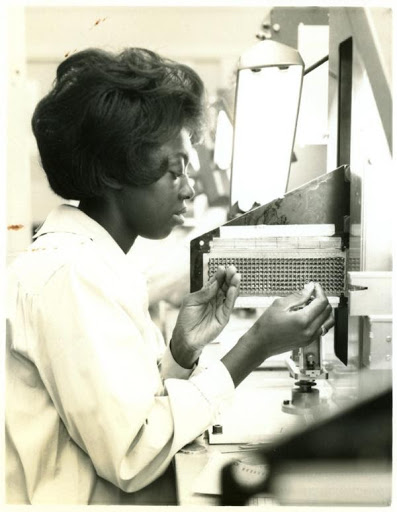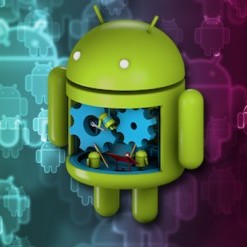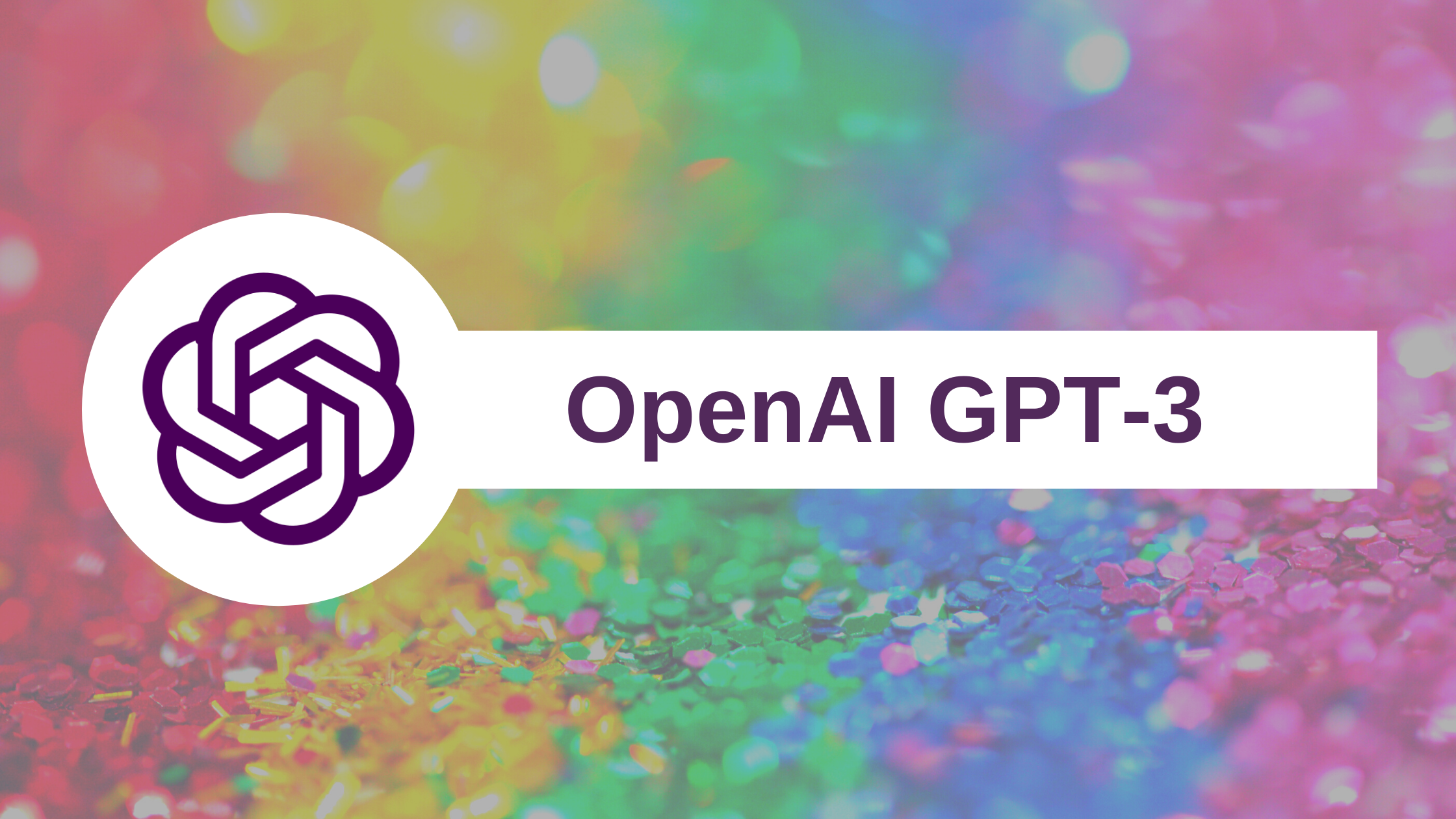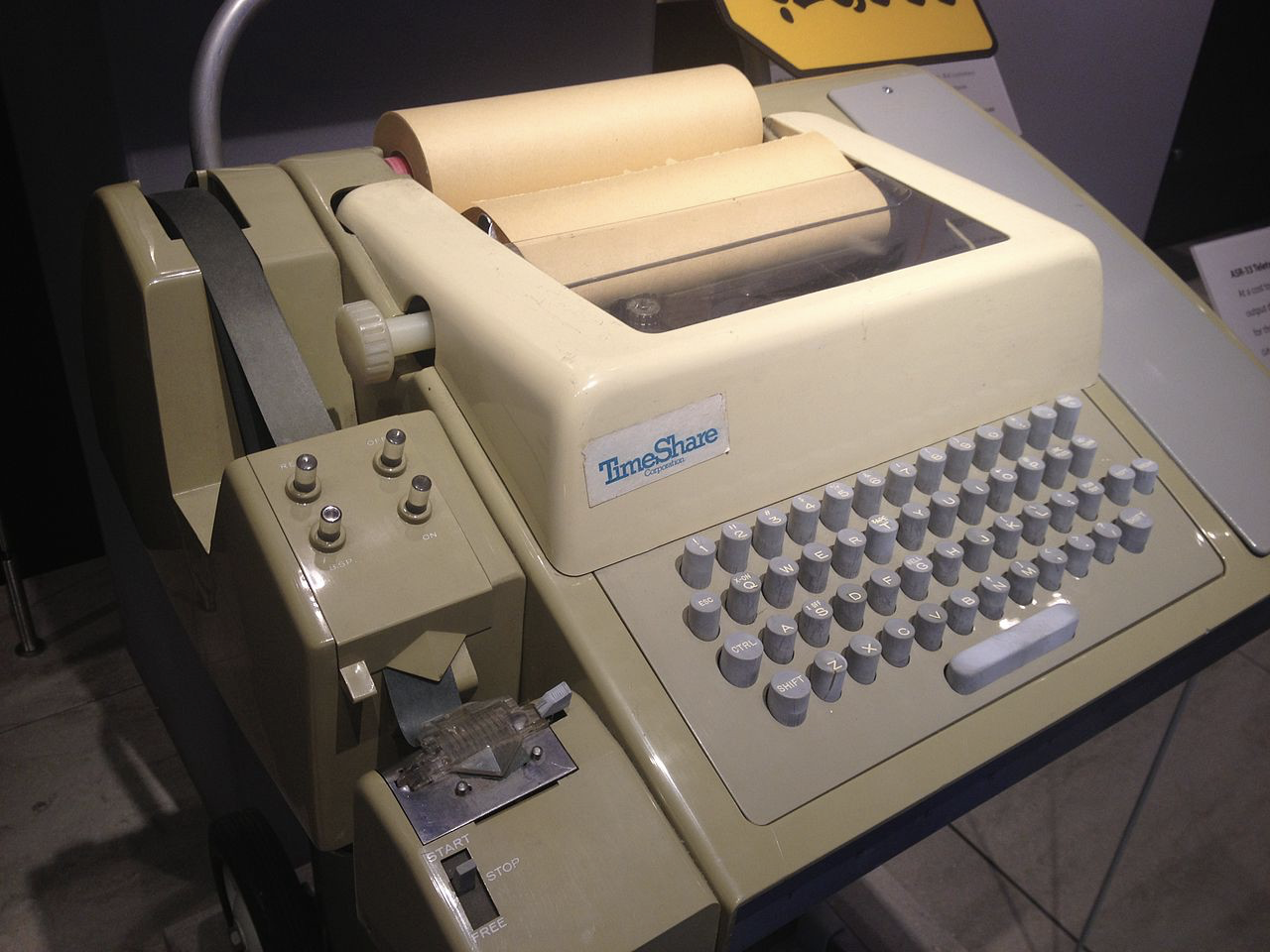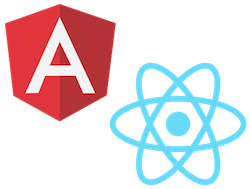Wordit: The Development of My First Progressive Web Application

I recently built a word game as a side project. I wanted to create an app that I could install on as many devices as possible (iOS, Android, desktop, etc.) with only a single code base. Therefore, I decided to use a progressive web app (PWA) as the basis for my game.

